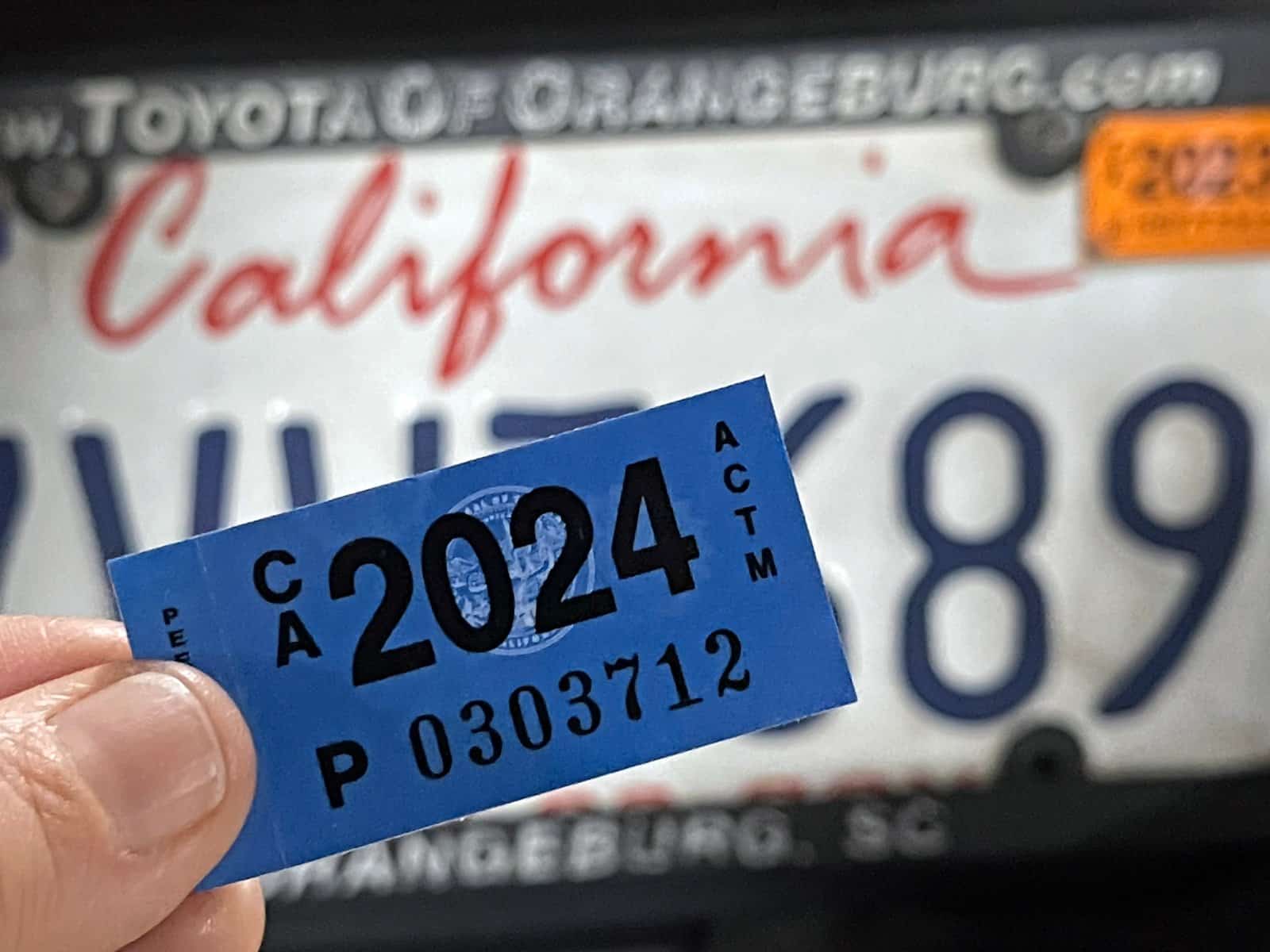A new release of funds for Colorado could see a lot more people in rural areas getting access to one of life’s modern necessities.
Biden Administration Allocates $826.5 Million for Broadband

The Biden administration just greenlit $826.5 million in funds to improve broadband internet access across the state. This means fast internet for 99% of Colorado households - with many providers offering discounted plans as low as $30 a month.
Governor Jared Polis Celebrates Funding Approval

At Tuesday’s press conference, Governor Jared Polis couldn’t hide his excitement: “We are so thrilled to be the eighth state to be approved. It’s just such a fundamental building block of so many services and our economy, where it is today and even more so in the future.”
Challenges of Expanding Internet in Rural Areas

Colorado has been struggling to get everyone online, especially in hard-to-reach rural areas. Private companies have often been reluctant to build infrastructure in these less profitable areas, but this new funding is trying to change that.
Previous State Efforts Achieve 91.9% Coverage

It will build on previous state efforts that have already achieved 91.9% coverage.
Governor Polis’s Ambitious Goal

In 2022, Governor Polis set an ambitious goal: to connect 99% of Colorado to the internet by using this federal funding. Two years later, it seems as though his goal might finally be in reach.
$42.5 Billion BEAD Program from the 2021 Infrastructure Act

The money is coming from the Broadband Equity, Access, and Deployment (BEAD) Program, part of the 2021 Infrastructure Act. This program has a $42.5 billion pot to help states improve broadband access, and initially, every state received $100 million right away, with more funds going to specific places that really need it.
Colorado’s Broadband Lags

From looking at the funds allocated to Colorado, it’s clear that a lot of the state is still lagging behind the rest of the country, with large areas only having access to slow internet with speeds below 100 Mbps for downloads and 20 Mbps for uploads.
Role of the Colorado Broadband Office

The Colorado Broadband Office (CBO) will handle the money and make sure it gets to the right places. Local providers will soon be able to tap into new grants to extend service to even the most remote corners of the state.
Approval Enables Access to BEAD Funding for Upgrades

This plan approval allows Colorado to access their allocated BEAD funding to support necessary upgrades and installations.
U.S. Senator Michael Bennet on Bridging the Digital Divide

“Affordable, high-speed broadband is essential for modern American life,” noted U.S. Senator Michael Bennet. He spoke about the importance of bridging the digital divide, especially in rural, low-income, and minority communities.
Rollout Plans

Executive director of the CBO, Brandy Reitter, detailed the rollout. It starts off in July with public comments on grant guidelines and project area maps. Then grant applications should open by the end of August or the beginning of September.
Grant Guidelines and Maps

“In July, we’re going to open up public comment for a draft of our guidelines, as well as our project area maps. And then, shortly after we finalize the public comment and those documents, we will turn to phase two, which is really the meat and potatoes,” Reitter explained.
Phase Two Confidence

Phase two is when internet providers and other groups can apply for grants to build a broadband network in areas that have been left behind. Reitter is confident that the state will soon meet its targets, stating, “We should be able to meet those deliverables pretty well over the next two or three months.”
Affordable Internet Integral to the Plan

Affordable internet is a huge part of this plan. Evan Feinman, BEAD director for the Department of Commerce’s National Telecommunications and Information Administration, has put his support behind Colorado’s proposal, which includes a cheaper $30 per month subscription.
The Affordable Connectivity Program (ACP)

This would put internet prices back in line with the federal Affordable Connectivity Program (ACP), which ended recently, negatively impacting over 250,000 Colorado households.
Impact of Ending The ACP

The ACP offered cheap broadband (often around $10-$20 a month) to low-income households across the country, and by its end point had helped around 23 million households connect to the web.
New Legal Requirements For Broadband Access

To help with Colorado’s plan, providers like Comcast are pushing low-cost options, such as their $9.95 monthly Internet Essentials service. Going forward, any company getting BEAD funding in Colorado is legally required to offer an affordable, low-cost option.
BEAD Funding Creating 3,000 Jobs in Colorado

The state also claims that this BEAD funding will create 3,000 jobs, building and maintaining the new internet infrastructure.
Funding In A National Context

Colorado joins a growing list of states approved for BEAD funding, including: West Virginia: $1.2 billion, Kansas: $451.7 million, District of Columbia: $100 million, Pennsylvania: $1.1 billion, New Hampshire: $196 million, Washington: $1.2 billion, Nevada: $416.6 million, Delaware: $107 million
23 Steep Taxes Adding to California Residents’ Burden

California: a place of sunshine, innovation, and, unfortunately, some of the nation’s highest taxes. From LA’s beaches to Silicon Valley’s tech hubs, residents grapple with a maze of state taxes. Here’s a glance at 23 taxes that might surprise both Californians and outsiders. 23 Steep Taxes Adding to California Residents’ Burden
Cash in on Nostalgia: 21 Toys Now Worth a Fortune

Time to dust off the boxes and find that once-cherished toy from your childhood. For collectors and enthusiasts, these items have become valued objects, and they can be worth big bucks – are there any of these in your attic? Cash in on Nostalgia: 21 Toys Now Worth a Fortune
Millennials Don’t Buy These 19 Products Anymore

Millennials are changing consumer habits, quietly replacing once-staple products and traditions. Often criticized for their disruptive preferences, this generation is reshaping the marketplace with digital expertise, ethical buying, and a taste for the unconventional. Millennials Don’t Buy These 19 Products Anymore
Featured Image Credit: Shutterstock / Steven Frame.
The content of this article is for informational purposes only and does not constitute or replace professional financial advice.
